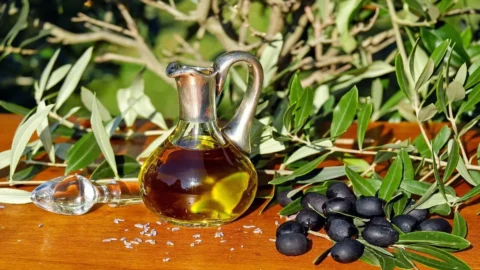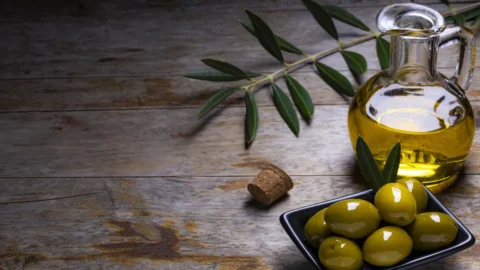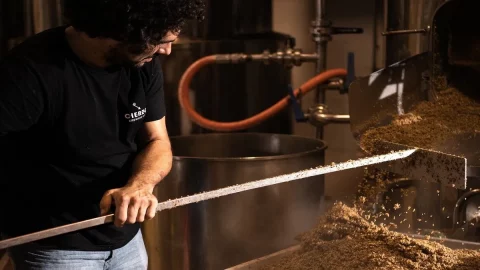Manna does not rain from heaven, as the Bible said. Rather it is obtained from the ash tree, it is its lymph, its "blood", and becomes a "manna" - in this sense yes - for the local economy of Sicily, where its extraction was rediscovered a few years ago. Valuable and expensive, manna was once sold to the pharmaceutical industry (it has always had therapeutic uses as an intestinal refresher and bowel regulator, liver and skin purifier and as a laxative for children), in Scandinavian countries it was used as an energy snack , in Northern Europe to make liqueurs, in Sicily also for simple "bread and manna" snacks. Today it is produced only in two villages of the Madonie Park, Castelbuono and Pollina, in the province of Palermo, in a small area of 100 hectares where the centuries-old ash woods still resist (the tradition dates back to the second half of the sixteenth century) and in the summer months they are skilfully carved to obtain the precious resin. In fact, in summer the Madonie trees, not finding water in the ground, produce a lot of sap from within which is made to flow from the bark through cuts that are made daily by farmers on the bark.
The relaunch began in 2015 when the Manna Madonita consortium was created, merging four small cooperatives to recover abandoned land and train young people in the trade. But the preservation of this centuries-old tradition is also due to Giulio Gelardi, 66 years old from Pollina, custodian of the "manna cycle", this is how the set of knowledge registered since 2012 in the Rei, the register of intangible heritage established by the Sicilian region in 2006. Today the cannoli of the consortium (which are worth 200 euros per kilo) are a Slow Food presidium and personalize local gourmet dishes. “The manna goes well with everything that is bitter”, say the experts, such as Giuseppe Zingales, who in his Hostaria Cycas introduces it in the liver with pork retina and Sicilian black bee honey or in the black suckling pig fillet of Nebrodi with lemon and pistachio. Its charm is also going beyond the borders of Sicily and has already conquered the Milanese chef Davide Oldani, who in his restaurant offers a dessert based on "dew honey", as the Sicilian product is poetically defined: sticks of manna, dipped in melted chocolate, with a sprinkling of chilli pepper and grated grapefruit peel.
Returning to Sicily, another example is the Nangalarruni restaurant in Castelbuono, where the chef Giuseppe Carollo uses "food of angels" once again with the black pig fillet, but in this case in an almond, pistachio and manna crust and accompanied by a lentil soup. But it is in desserts that the manna finds its consecration: nougats, jams, liqueurs, panettone and colombe, up to the Mannetto, the special tribute to the sap of the ash tree, a kind of panettone available in various versions (almond, citrus, etc), which some local pastry chefs garnish with a pour of white chocolate. The famous Fiasconaro pastry shop, for example, also offers the Marron Noir, the latest creation with a chestnut heart. And above all, he has an even bigger project, to make Castelbuono – in the words of Nicola Fiasconaro – “the most prestigious agri-food center in Sicily”. Could this all-Sicilian treasure not only be a boon for health (it is nutritious, laxative, useful for the skin, the intestines and also to counteract the acidity of the blood), can also become one for the local economy?




